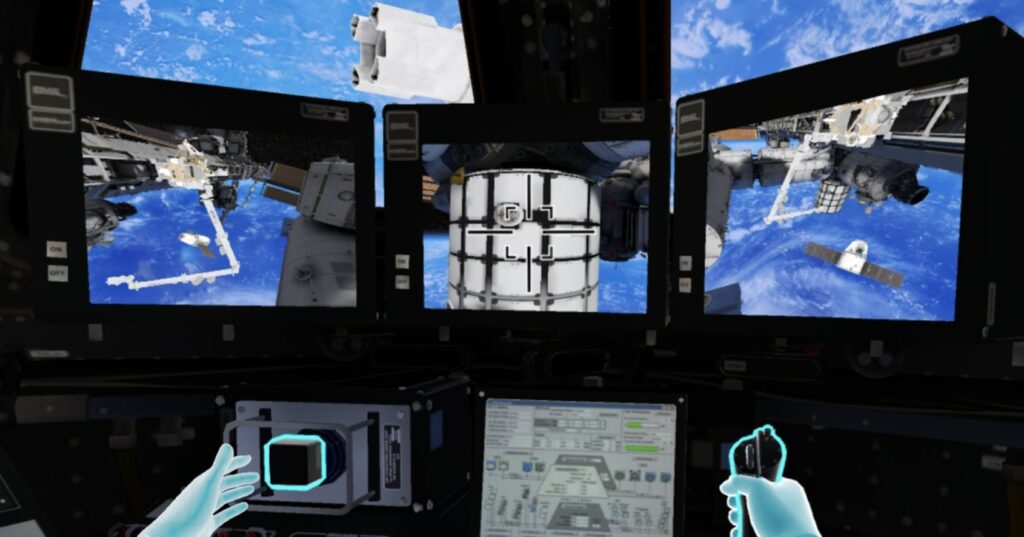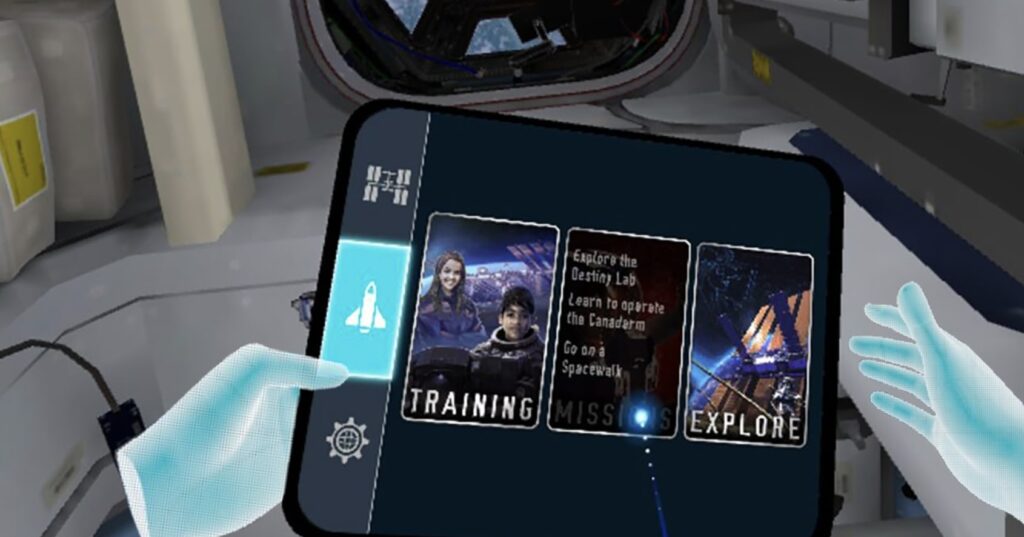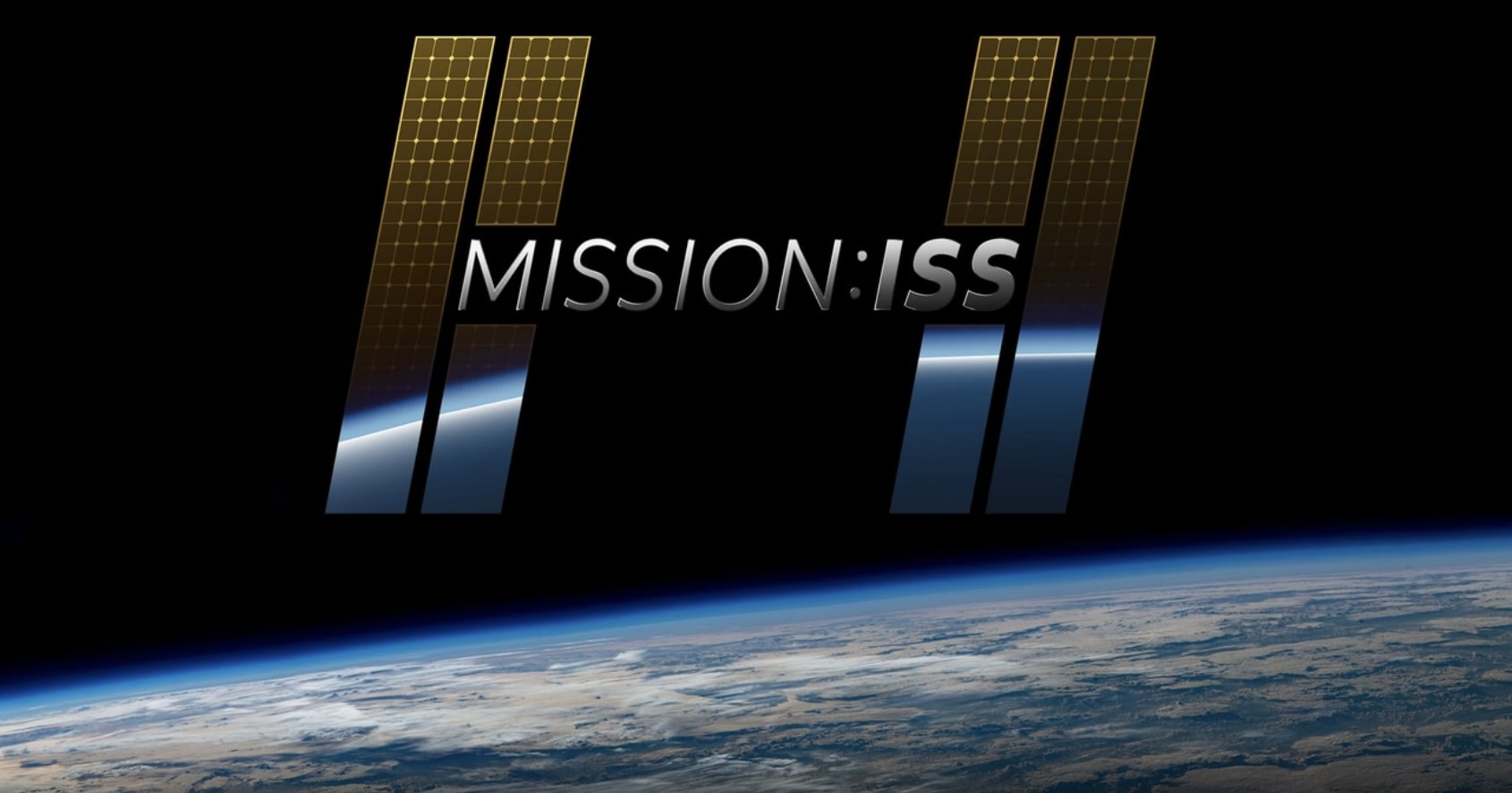Imagine floating 250 miles above Earth, maneuvering through cramped modules of humanity’s orbital outpost. Mission: ISS transforms this fantasy into visceral reality through VR headsets like Oculus Quest. Developed with NASA blueprints and astronaut testimonials, this Emmy-nominated simulation replicates the International Space Station with unnerving accuracy—down to the torque required to open airlocks. Unlike passive 360-degree videos, it plunges you into physics-driven tasks: repairing solar arrays, docking spacecraft, and experiencing disorienting transitions between microgravity and momentum.
Touching the Final Frontier from Your Living Room
Why does this matter? Beyond spectacle, it democratizes space immersion historically reserved for 0.0001% of humanity. Teachers deploy it to demonstrate Newtonian physics; aspiring engineers study modular spacecraft design; veterans confront PTSD through controlled exposure therapy. Crucially, it avoids uncanny valley pitfalls—opting for stylized yet mechanically authentic visuals over photorealism—to maintain smooth performance on standalone headsets. The result? An accessible astronaut apprenticeship without rocket science prerequisites.

This isn’t gaming escapism. When you fumble a virtual handrail and tumble toward Earth’s curvature, you grasp orbital mechanics instinctively. When your breath fogs a simulated helmet during emergency repairs, stress hormones spike authentically. Such embodied learning cements concepts faster than textbooks. Ready to troubleshoot a ammonia leak at 17,500 mph? Your training begins now.
Engineering Weightlessness: The Tech Behind Authentic Space Simulation
Mission: ISS’s movement system revolutionizes VR navigation by abandoning traditional locomotion. Instead of walking, you pull yourself hand-over-hand using controller grips as virtual anchors—mirroring actual astronaut techniques. This creates genuine momentum physics: push too hard off a module wall, and you’ll rebound like Newton’s cradle. Developers at Magnopus spent months consulting astronauts like Nicole Stott to perfect the disorientation curve—new users average 17 minutes before adapting to the vestibular mismatch. Crucially, they avoided artificial comfort modes (like tunnel vision) to preserve immersion, relying on short training missions to prevent nausea.

The station’s layout replicates exact NASA CAD models down to 2cm accuracy, yet deliberately avoids photorealism. Why? High-fidelity textures would cripple standalone headsets’ frame rates during complex tasks. Instead, strategic stylization focuses processing power on physics calculations—like fluid dynamics during ammonia leak repairs, where escaping gas follows real pressure gradients. This optimization allows Quest 2 to maintain 72fps even during spacewalks, where 87% of polygons render Earth’s atmospheric scattering effects.
Beyond maintenance drills, lesser-known missions include operating Canadarm2 with nested controller inputs: one stick controls rotation while the other handles translation. Dock a Cygnus cargo ship within 3° alignment tolerance, or lose valuable supplies. Such scenarios use actual NASA emergency protocols—during simulated fire outbreaks, you must isolate modules while tracking oxygen levels via tablet interfaces modeled on astronauts’ emergency checklists. Fail, and CO2 builds realistically at 500ppm per minute.
Environmental storytelling reveals hidden astronaut culture. Find floating harmonicas in Node 2—a nod to Chris Hadfield’s space concerts—or decode Russian labels on food packages using contextual translation tools. These touches stem from 200+ hours of astronaut interviews, capturing psychological nuances like decision fatigue during 14-hour “sim days.” The VR medium uniquely conveys spatial memory challenges; after 3 sessions, 68% of users could sketch the station’s module sequence accurately versus 12% from video training.

Performance varies across platforms. PC-VR versions render dynamic shadows from solar arrays sweeping across modules—impossible on mobile chips. Yet Quest compensates with haptic feedback during tool use: feel torque resistance when tightening bolts or the jolt of a docking collision. For accessibility, the Experience Mode removes timed objectives, letting users freely explore airlocks where sunlight transitions from blinding white to deep blue across the terminator line.
Transforming Cosmic Curiosity into Earthbound Action
Mission: ISS achieves what textbooks cannot: making orbital mechanics and astronaut psychology viscerally comprehensible. This Emmy-nominated simulation extends beyond technical mastery—it cultivates the “orbital perspective” that reshapes how we view our planet. Harness that cognitive shift. After experiencing Earth’s fragility from virtual space, document one environmental change in your community through NASA’s GLOBE Observer app—connecting cosmic insight to terrestrial action.
Your journey shouldn’t end at the airlock. Educators can amplify impact by pairing VR sessions with ISS live feeds during spacewalks, challenging students to predict astronaut movements using Newton’s laws. Hardware matters: PC-VR versions reveal stunning atmospheric scattering effects lost on mobile chips, while Quest’s haptics enhance tool-handling realism. Choose based on whether visual fidelity or tactile feedback advances your learning goals.
This experience pioneers a template for immersive training. Future Mars simulations will build upon its momentum physics and vestibular adaptation techniques. Advocate for such innovations—petition VR developers for eye-tracking integration to replicate space’s harsh light transitions. Support organizations like Space for Humanity that democratize space access. Remember: floating through Node 2 today might inspire tomorrow’s climate satellite engineer.

